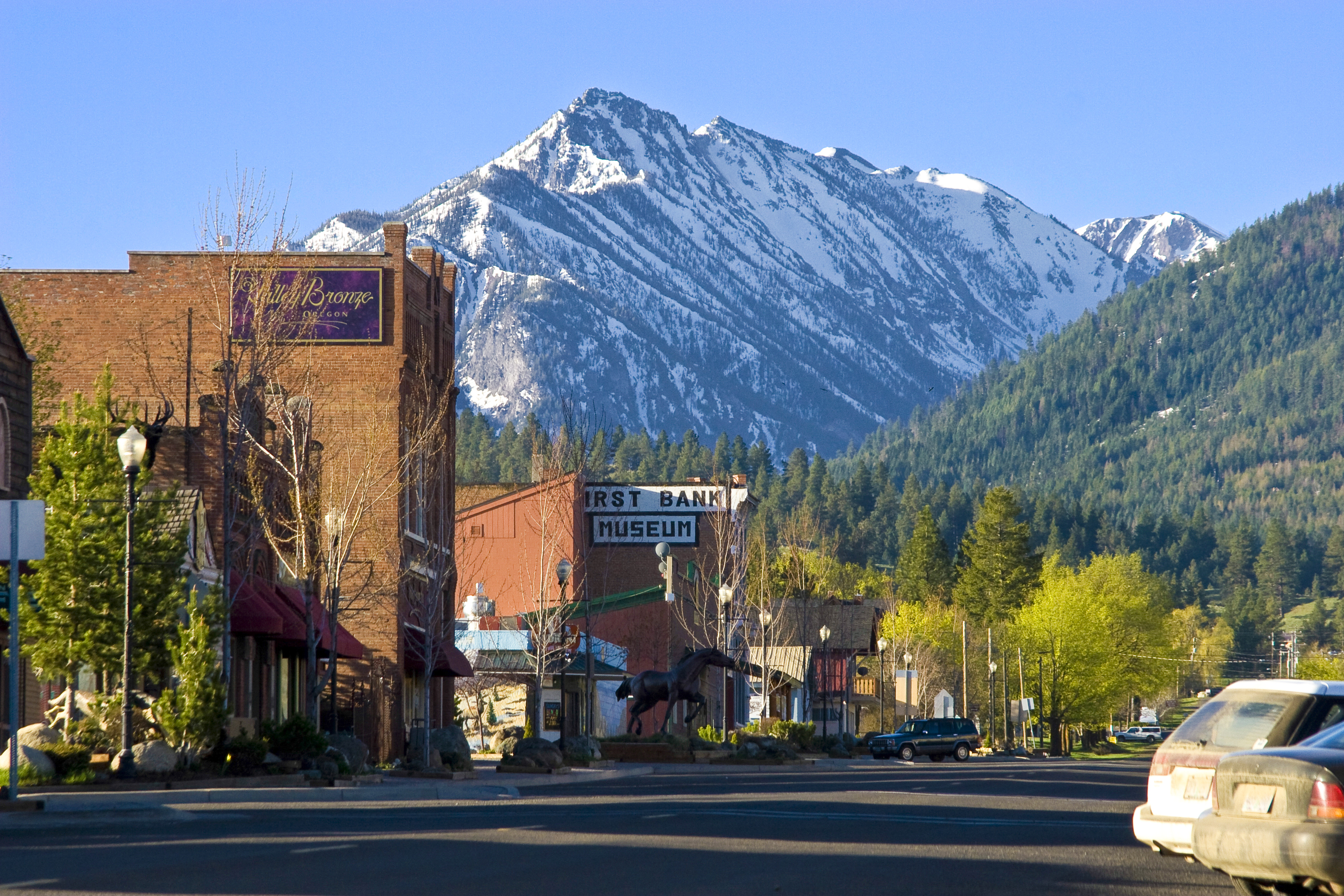Oh those crazy beavers with their penchant for sinkholes and collapsed roads! When are they going to stop harassing us with their rodent ways and let us live peacefully. On ALLIGATOR lake.
“We’ve always had problems with beavers where we don’t have a bridge,” said Chance Powell, an engineer for Walton County
One of the great mysteries early Thursday morning was solved after it was determined that beavers were the most likely culprit for the sinkhole that has closed Walton County Road 30A near County Road 283.
Beavers? Beavers!
The Walton County Sheriff’s Office received a call just after 5 a.m. Thursday about a sinkhole on 30A at Alligator Lake.
According to County Commissioner Tony Anderson, who was present as county crews began to fill the extensive hole, a GMC pickup was crossing the section of road when the asphalt began to cave in. The vehicle made it across, but the pickup was damaged and the man driving it was taken to Sacred Heart Hospital on the Emerald Coast with minor injuries, said Walton County Public Works Manager Wilmer Stafford.
“The water that flows under the road became too heavy on one side and caused it to fall in,” said Stafford, who also was at the scene later in the morning.
The section of CR 30A surrounding the collapse site has been closed until the road can be repaired.
On the surface, the hole appears to be about 4 feet wide and takes up three-quarters of the road in front of Alligator Lake. But officials calculate that crew must deal with a much larger area of damage under the road.
But wait, how do the beavers make the sink hole exactly? Are you saying they tunneled under the asphalt to get away from the alligators, or chew holes in the road with their huge incisors, or that maybe the road was stuffed with willow and they ate it? The article is a little vague on the actual mechanics of destruction. But I’m sure they’re telling the truth, right? People would never blame a rodent for something just to explain away a problem that their carelessness caused in the first place.
I guess it will stay a mystery, like how beavers live near ALLIGATOR lake in the first place.
Come to think of it, maybe they can sign up for the flow device WEBINAR coming soon from our friends at Furbearer Defenders and Cows and Fish. It will be taught by Adrien Nelson and Norine Ambrose and you are ALL invited. It’s a bargain at 5 dollars. Make sure to save your space now.

Learn how to successfully implement flow devices for beaver management in your community with our upcoming webinar, Beaver Flow Devices for Managers.
On April 6, 2017 at 3:30 pm EDT / 1:30 pm MDT / 12:30 pm PDT, Adrian Nelson of The Fur-Bearers, and Norine Ambrose from Cows and Fish will co-host this engaging webinar that will focus on the “whys” and “wheres” of implementing these devices. Managers and supervisors from a range of backgrounds will learn to better understand the applicability of these devices, as well as analyze sites requiring beaver management, and address which type of flow devices are most appropriate.
Adrian will walk through the different types of devices, and how to make each one successful, as well as various obstacles and needs that may need to be addressed before deployment. The presentation will also touch briefly on ordering and supplies to ensure teams have the right materials for success.
Norine will tell participants of her first-hand experience in learning about and installing these devices in Alberta, and let participants know about the broader beaver collaborative work on education, social science, and management Cows and Fish is involved with the Miistakis Institute, local partners, and support from The Fur-Bearers.
Participants will come away with a better understanding of flow devices, but more importantly why they are useful to successfully co-exist with beavers. A question and answer period will follow.
I actually didn’t know these good folks knew each other, so I might watch just to learn more about their interaction. We will definitely learn things!
 Meanwhile I received an alarm call from Cheryl yesterday who stopped by the Concord Dam on her way home from work. A not very appreciative homeless woman was ripping out the dam with her crutch. Seems too many people were stopping to look at the dam and giving them less privacy for their encampment. So she got rid of the attraction.
Meanwhile I received an alarm call from Cheryl yesterday who stopped by the Concord Dam on her way home from work. A not very appreciative homeless woman was ripping out the dam with her crutch. Seems too many people were stopping to look at the dam and giving them less privacy for their encampment. So she got rid of the attraction.




 sten to the elk themselves.
sten to the elk themselves.












































